Art Jameel pavilion in Dubai is a dome to fight climate doom
Art Jameel pavilion by Lebanese practice theOtherDada flags sustainability in Dubai, and opened to coincide with COP 28
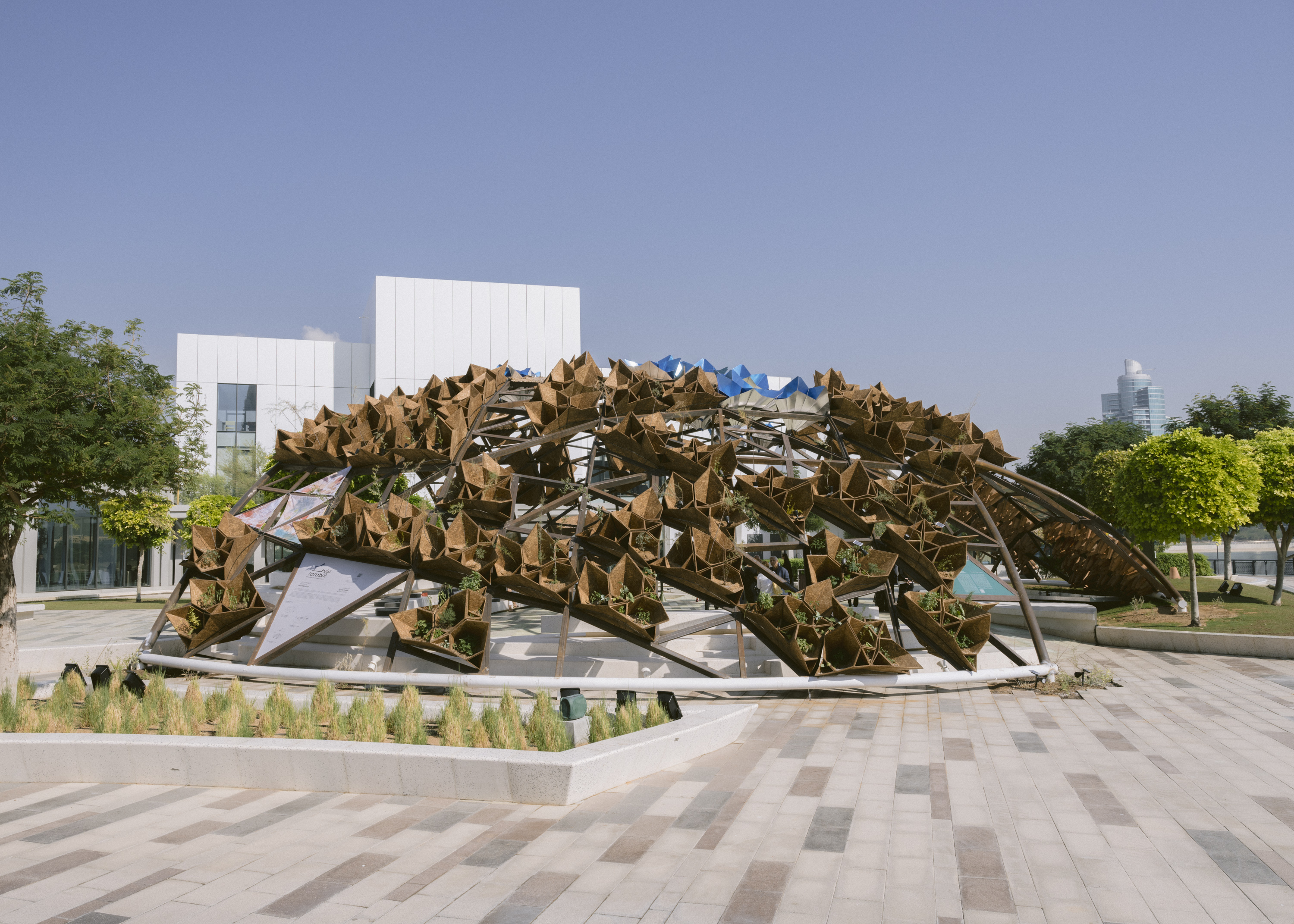
This new Art Jameel pavilion, Tarabot: Weaving a Living Forum, commissioned by the arts organisation and designed by Lebanese practice theOtherDada, is a fractal, domed structure stretching over the amphitheatre at the Jaddaf Waterfront Sculpture Park in Dubai. Weaving together traditional and high technologies, recycled waste materials and indigenous plants, the architectural pavilion aims to bring life to the area over the next five months, forming a new ‘interspecies habitat’.
It sees Art Jameel, which supports artists and creative communities and is behind both the sculpture park and the wider Jameel Arts Centre, promote a conversation about sustainability and re-use.
Founded in 2010 by architect Adib Dada, theOtherDada pushes the boundaries of traditional architecture, adopting a ‘holistic and biomimetic design approach with nature and people at its core’. Reflects Dada, ‘I had these two diametrically opposed practices – building for humans and building for other organisms […] When this commission came along, it became an opportunity to weave these two practices together in a meaningful way.’
Art Jameel pavilion, a study in sustainablity

Deeply involved in contemporary art scenes and climate activism in Beirut, from leading ‘Toxic Tours’ of the Beirut river to developing tree-planting project theOtherForest, Dada was invited to an Art Jameel symposium in March 2023 to discuss the role of arts institutions in addressing the climate crisis.
Art Jameel director Antonia Carver explains, ‘What does it mean to create exhibitions in this climate? What do we do with all the materials after?’ As a direct result of the symposium, Art Jameel has been rethinking its exhibition production processes and reusing waste such as gypsum moulds.
‘Tarabot is an Arabic word that means “weaving together” [...] we’re weaving together issues of architecture, urbanism, ecology, wildlife and human-life centred design,’ says Dada. A lack of shade and life on the pavilion’s site prompted a shade-providing design. Working closely with architect Dalia Hamati, Nader Akoum, scientists, and desert conservationists, Dada conceptualised four life-giving ‘pillars’ – Soil, Water, Plants and Energy – for the pavilion, corresponding to the dome’s three touchpoints with the ground, and its roof.

The first pillar, Soil, makes compost out of waste from the art centre’s exhibitions, neighbouring restaurant Teible and coffee shop. Encased in modular ‘bouquets’ made from local date palm waste, a zero-carbon material, by Desert Board, the waste is broken down by mycelium (the root-like system of fungus).
Wallpaper* Newsletter
Receive our daily digest of inspiration, escapism and design stories from around the world direct to your inbox.
The Water pillar uses solar power to condense and filter water from the humidity in air. This water drips through a series of traditional passive cooling clay cones, handmade by local potters, collecting as freshwater in the pavilion pool.
The Plants pillar uses the composted soil and collected fresh water to grow vegetables that return to the restaurant. Salicornia, an indigenous edible plant able to grow in saltwater, is also planted, further attracting insects, birds and pollinators. Artwork from multidisciplinary Dubai-based artist Solimar Miller features intricate handcrafted prints on upcycled fabrics, representing indigenous flora and fauna that are endangered in the UAE.
The Energy pillar, on the roof features aluminium cones that funnel sunlight into the pavilion, and Arish, traditional palm-leaf roofing systems provide shade.

Artist Solimar Miller, featuring 24 meters of upcycled cotton fabric, hand silkscreened with branches and leaves from indigenous UAE Ghaf trees, and hand painted with representations indigenous endangered flora and fauna
Almost all materials used in the pavilion are biodegradable or fully recyclable. Once it’s dismantled, the modular cones of soil and plants will be divided and taken to garden homes and balconies by local communities, disseminating indigenous plants in the region. The unfinished steel structure’s fractal design was fine-tuned with local coral practitioners in the Emirate of Fujairah, and the structure will take on new life as an underwater habitat for coral, ‘linking life on land to life underwater’.
On what he hopes visitors will take away from the project, Dada muses, ‘I think developing a culture of care and understanding on the more than human. It’s not about us saving the planet. The planet doesn’t need saving, we need saving.’
Tarabot: Weaving a Living Forum is open to the public at Jadaf Waterfront Sculpture Park, Dubai until 30 April 2024

Architect Adib Dada
Nana Ama Owusu-Ansah is a writer and photographer from London. She first wrote for Wallpaper* in 2021, in a series on the new vanguard of African designers practising in Africa and its diaspora. She is drawn to projects centring on decolonial approaches to art, architecture, as well as community and sustainability. Nana Ama read Economics and Spanish at University of St Andrews, and, as an avid linguist, is passionate about using accessible language to invite new audiences to engage in design discourse.
-
 A Xingfa cement factory’s reimagining breathes new life into an abandoned industrial site
A Xingfa cement factory’s reimagining breathes new life into an abandoned industrial siteWe tour the Xingfa cement factory in China, where a redesign by landscape specialist SWA Group completely transforms an old industrial site into a lush park
By Daven Wu
-
 Put these emerging artists on your radar
Put these emerging artists on your radarThis crop of six new talents is poised to shake up the art world. Get to know them now
By Tianna Williams
-
 Dining at Pyrá feels like a Mediterranean kiss on both cheeks
Dining at Pyrá feels like a Mediterranean kiss on both cheeksDesigned by House of Dré, this Lonsdale Road addition dishes up an enticing fusion of Greek and Spanish cooking
By Sofia de la Cruz
-
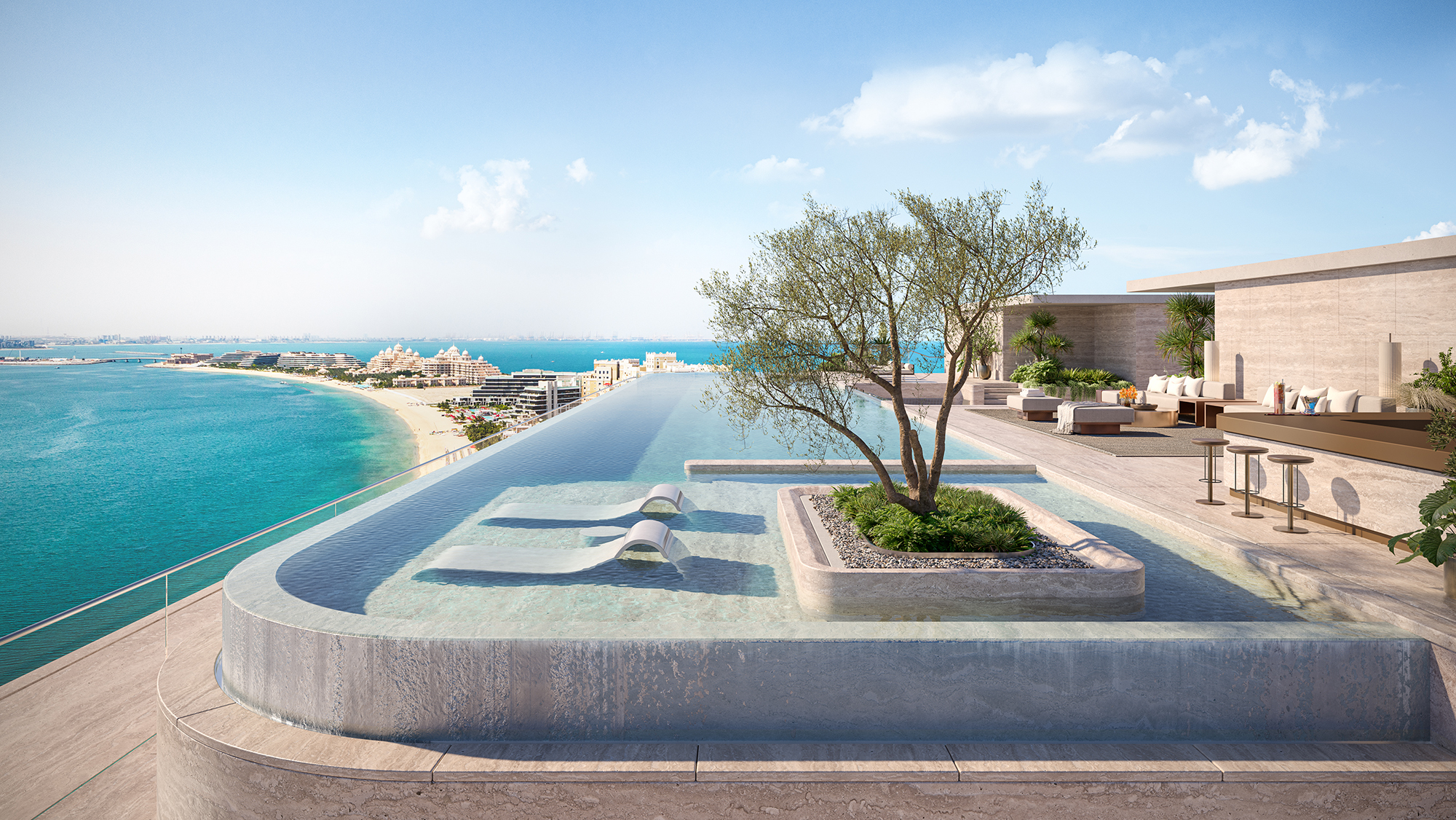 A Dubai ‘sky palace’ debuts developer Omniyat’s new Bespoke category
A Dubai ‘sky palace’ debuts developer Omniyat’s new Bespoke categoryOmniyat Bespoke, the developer’s new ultra-luxury arm, launches with the Luna Sky Palace penthouse at Orla, Dorchester Collection
By Simon Mills
-
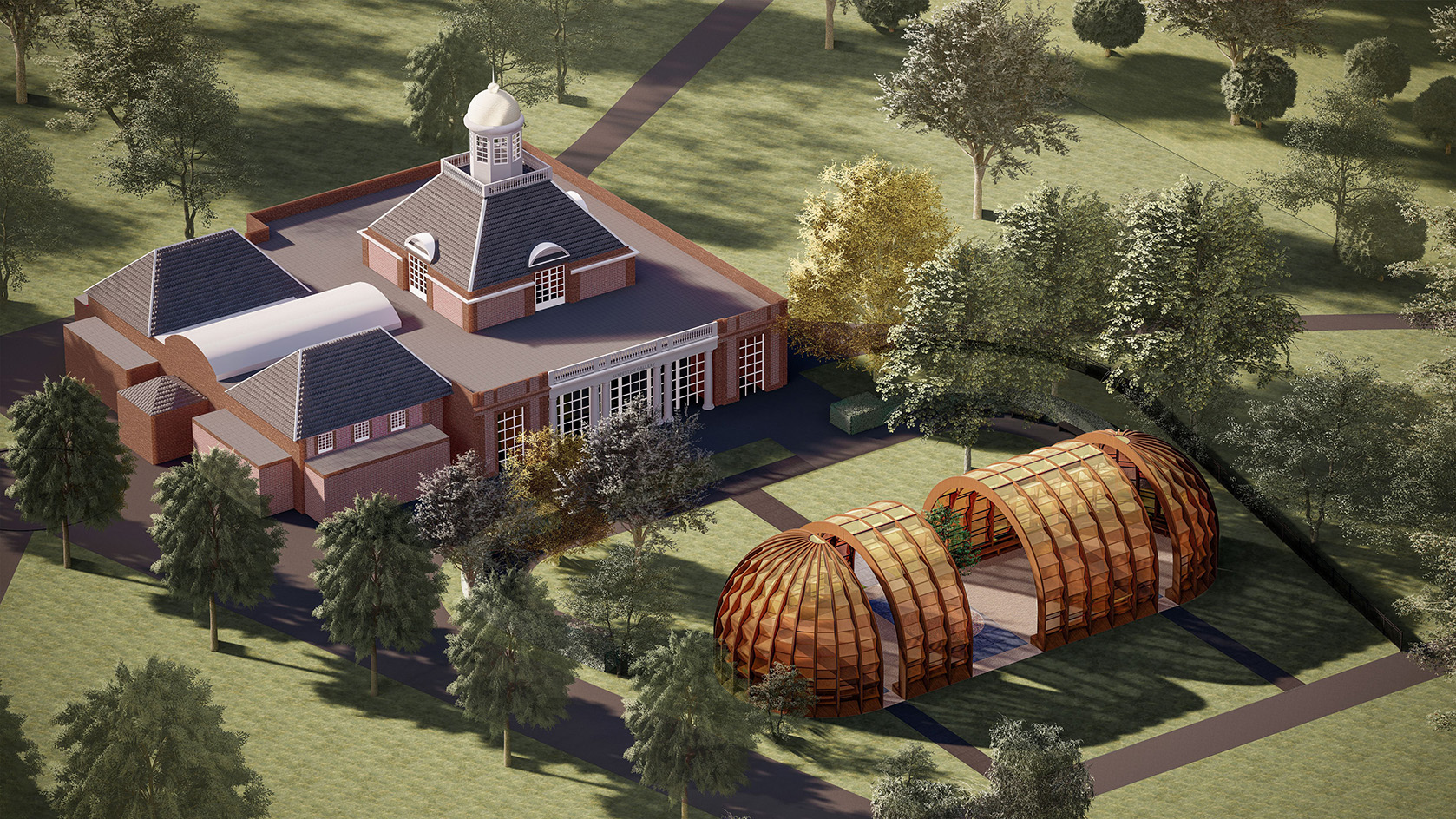 2025 Serpentine Pavilion: this year's architect, Marina Tabassum, explains her design
2025 Serpentine Pavilion: this year's architect, Marina Tabassum, explains her designThe 2025 Serpentine Pavilion design by Marina Tabassum is unveiled; the Bangladeshi architect talks to us about the commission, vision, and the notion of time
By Ellie Stathaki
-
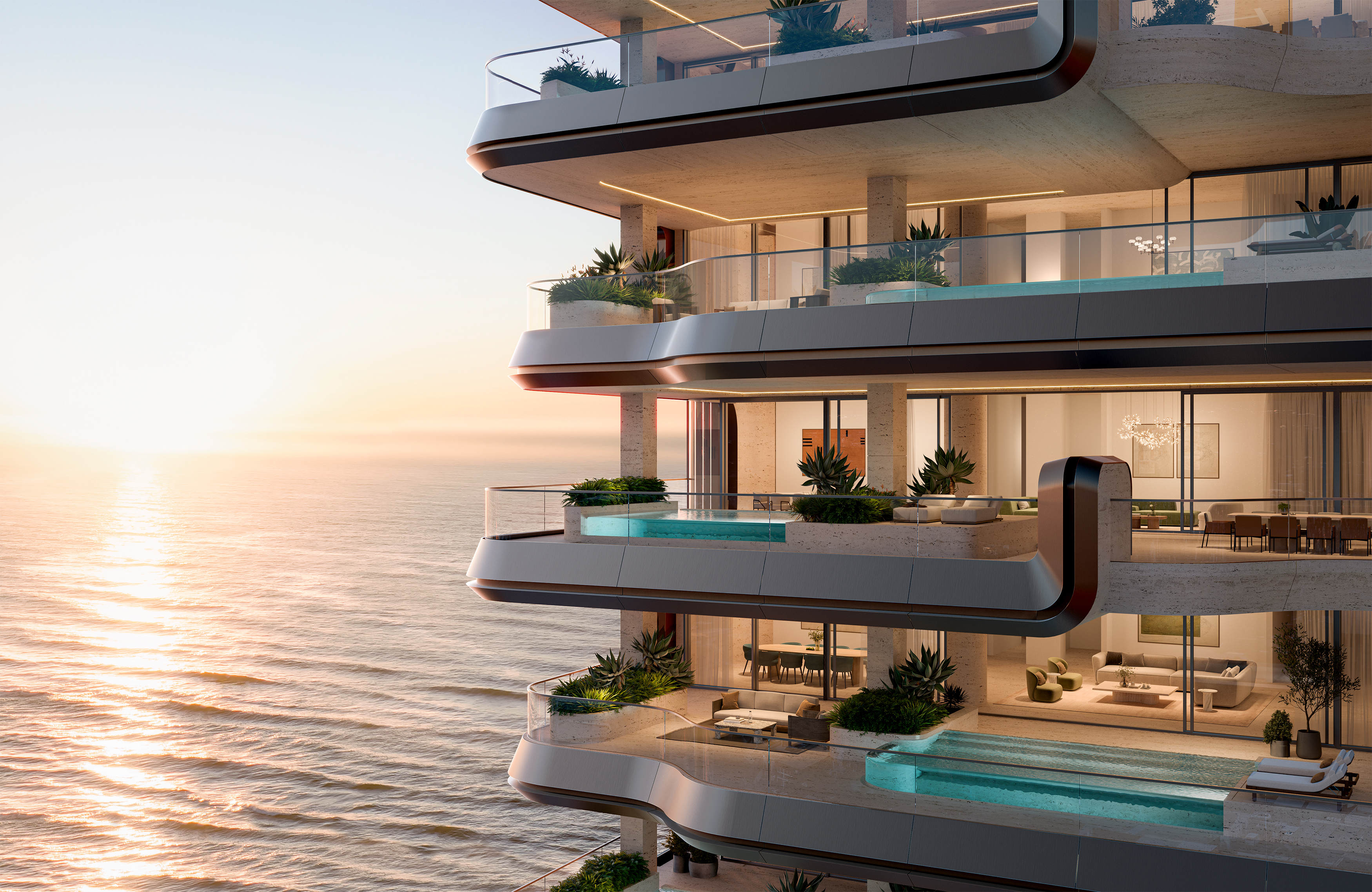 Omniyat launches The Alba, new Zaha Hadid Architects-designed residences in Dubai
Omniyat launches The Alba, new Zaha Hadid Architects-designed residences in DubaiDeveloper Omniyat announces The Alba, ultra-luxury residences managed by Dorchester Collection and designed by Zaha Hadid Architects to blend ‘nature and cutting-edge design’
By Simon Mills
-
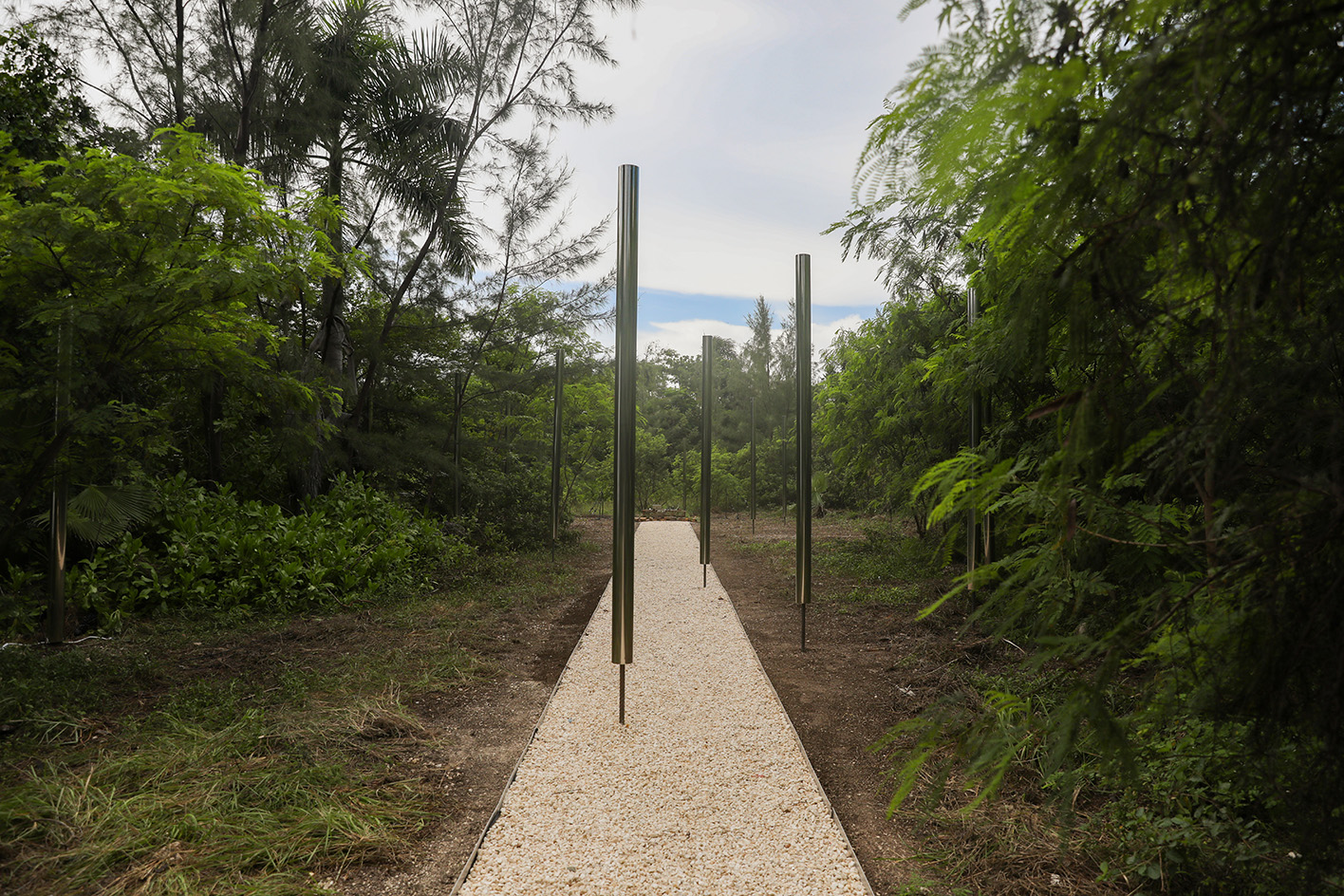 The Duho Pavilion by Limbo Accra immerses us into its Caribbean setting
The Duho Pavilion by Limbo Accra immerses us into its Caribbean settingThe Duho Pavilion by Limbo Accra is a Cayman Islands landscape project that celebrates the Indigenous Caribbean Taino people
By Ellie Stathaki
-
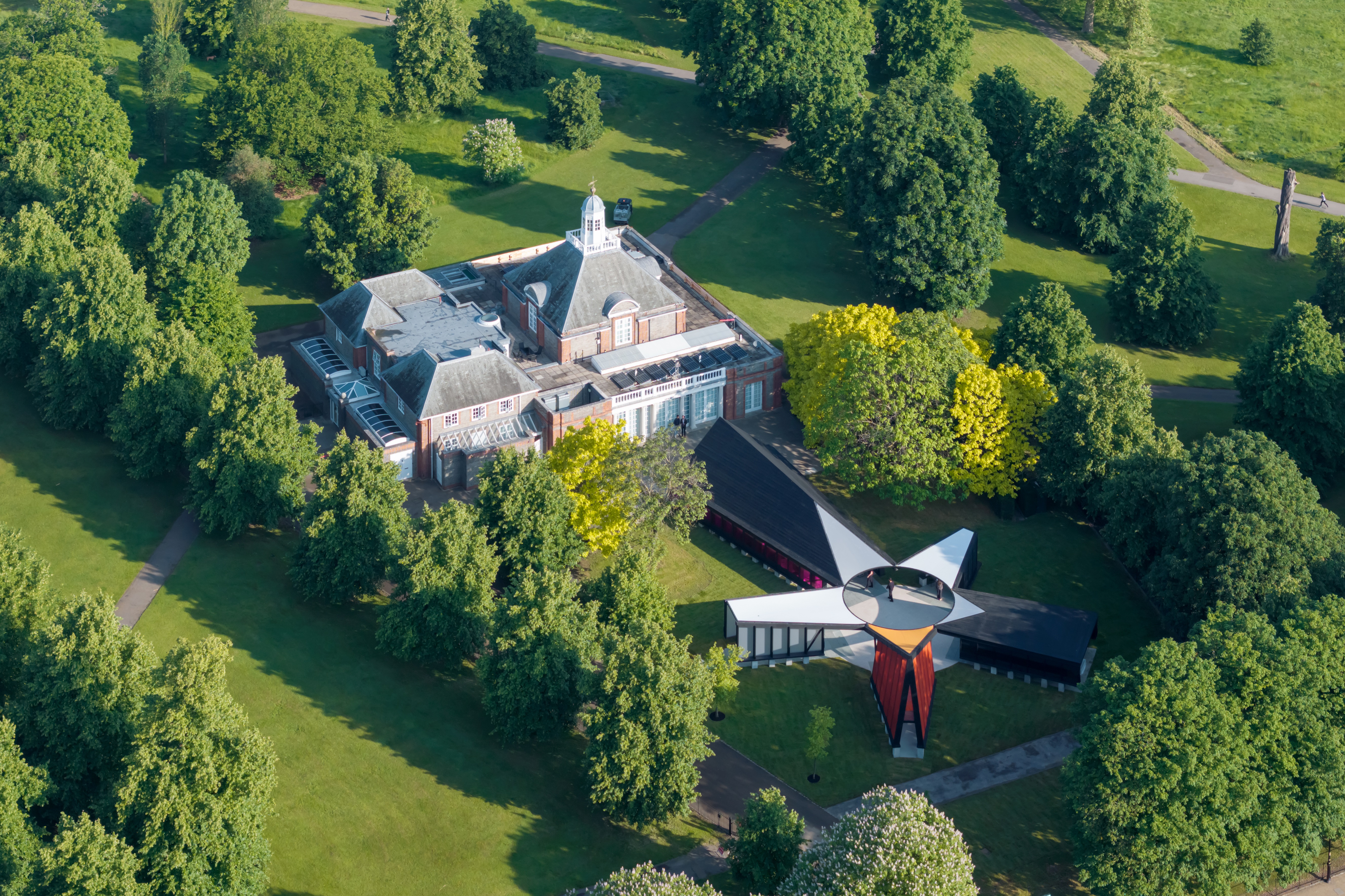 A first look at Serpentine Pavilion 2024: ‘It really is an archipelago’
A first look at Serpentine Pavilion 2024: ‘It really is an archipelago’The Serpentine Pavilion 2024 opens its doors and we catch up with its architect, Minsuk Cho of Mass Studies, to talk about the design’s origins, concept and future travels
By Ellie Stathaki
-
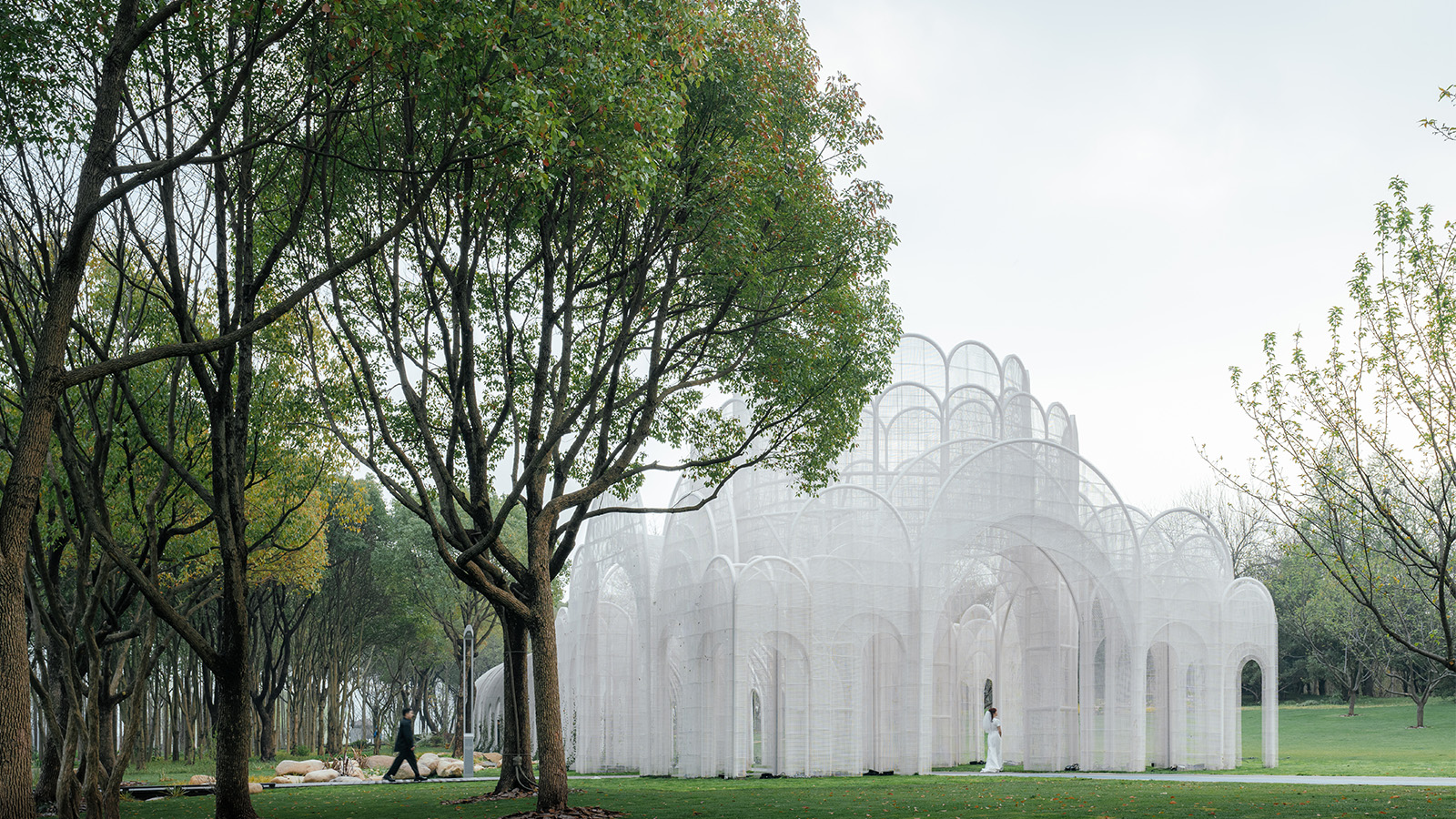 Emerald Screen Pergola brings wonder and intrigue to an everyday setting in China
Emerald Screen Pergola brings wonder and intrigue to an everyday setting in ChinaDesigned by Wutopia Lab, Emerald Screen Pergola is a pavilion designed to inject ‘magical realism’ into the everyday, nodding to ancient Chinese practices
By Ellie Stathaki
-
 Blue Copper Loft is a Dubai sanctuary for a modern nomad
Blue Copper Loft is a Dubai sanctuary for a modern nomadBlue Copper Loft designed by Anarchitect in the heart of Dubai is a peaceful, yet luxurious sanctuary for a modern nomad
By Ellie Stathaki
-
 Orchid Pavilion channels Japanese philosophy for blossoming flowers in Puerto Escondido
Orchid Pavilion channels Japanese philosophy for blossoming flowers in Puerto EscondidoOrchid Pavilion by CCA Centro de Colaboración Arquitectónica provides fitting shelter for flower conservation in Mexico's Casa Wabi
By Ellie Stathaki